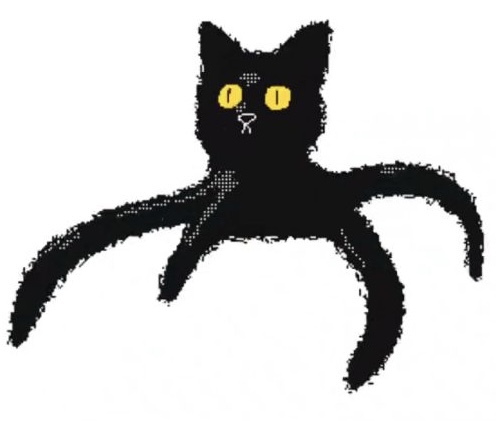Overview
- Select an animal of your choice and observe its movements. Try to imitate the way it walks, paying attention to the rhythm, speed, and direction of its movements.
- Once you have imitated the animal’s walk, take some time to sketch a picture of it, using your imagination to emphasize the unique features that you associate with the animal.
- Finally, work with a partner to do a performance about the animal, using the principles of the Laban theory of dynamics to enhance your performance. Through this process, you will be able to further apply what you have learned about the animal to your performance and bring it to life.
PART 1
After choosing Panda as our selected animal, we need to observe the animal’s movements, and take our time to study its behavior in various scenarios such as walking, running, jumping, etc. Observe how the animal uses its body, limbs, tail, and head to move, and take note of any distinctive postures or movements it uses.
We found that as a kind of bear, Pandas use their whole soles and palms to touch the ground and usually the toes turn inward when walking slowly.
When trying to imitate the animal’s walk, we were supposed to start by breaking down each component of its gait. Gradually increase your speed until you feel confident in your ability to imitate the animal’s movements accurately.
PART 2
When sketching the animal, do not focus on the textures or patterns of its fur or feathers, but pay attention to the shape and size of its body and limbs. Our sketch should reflect our interpretation of the animal and emphasize the unique features and qualities we think it has.
PART 3
When working with our partner to create a scene, think about the story or scenario we want to portray. Consider the relationship between the two of us and the animal, and use the principles of the Laban theory of dynamics to enhance the dynamics of the scene. Use effort, shape, and space to bring our performance to life.
Laban Theory
Laban movement analysis (LMA) is a method and language for describing, visualizing, interpreting and documenting human movement. Laban movement analysis is contemporarily categorized in four – Body, Effort, Shape and Space.
- Body – what the body is doing and the interrelationships within the body
- Effort – the qualities of movement
- Shape – how the body is changing shape and what motivates it to do so
- Space – where the body is moving and the harmonic relationships in space

In this lesson, we mainly talked about the Effort or sometimes described as Dynamics, which is a system for understanding the more subtle characteristics of movement with respect to inner intention. Effort has four subcategories (effort factors), each of which has two opposite polarities (Effort elements).
| Effort Factor | Effort element (Fighting polarity) | Effort element (Indulging polarity) |
| Space | Direct | Indirect (flexible) |
| Weight | Strong | Light |
| Time | Sudden | Sustained |
| Flow | Bound | Free |
Reflection
The ultimate goal of this exercise is to bring together our knowledge of the animal, our understanding of movement dynamics, and our creative abilities to create a captivating performance that showcases the animal’s unique features and qualities.
